POCO F4 5G takes on the iQOO Neo 6 in a real-life comparison | 91mobiles.com
They are among the first names that come to mind when you need to buy a phone with a budget of about Rs 30,000. Both come from sub-brands of two of the biggest brand names in the Indian market and are trying to carve a niche for themselves. And both are so incredibly similar that choosing between them can be a bit of a headache. So, should you be going for the POCO F4 5G from Xiaomi or the iQOO Neo 6 5G from Vivo? We are going to try to work that out for you. (Note: we will be referring to the phones as the POCO F4 and the iQOO Neo 6, for the sake of simplicity)
Design and appearance
Yes, we know the old adage about beauty being skin deep and never judging a book by its cover but these phones are so similar in so many regards that design is going to play a big role in deciding between them. And in this department, the POCO F4 and the iQOO Neo 6 are like chalk and cheese, although both share similar, tall fronts dominated by displays with narrow bezels and a punch hole notch in the central top portion of their displays. There the similarity ends.

The POCO F4 has flat sides and a flat back in keeping with modern design trends, whereas the iQOO Neo 6 has curved sides and a back that curves towards the sides. Both phones also have very different camera units, with the POCO F4 having its cameras arranged in a vertical rectangle, whereas the iQOO Neo 6 has them in a more square-shaped area. The POCO F4, however, has a glass back while the iQOO Neo 6 has a plastic one, although that is not immediately evident. The finishes on both backs are also very different, with the POCO F4 having a subtle shine similar to the one on the Xiaomi 11i series, while the iQOO Neo 6 comes with colours that shift depending on the light (gradient finishes). The iQOO Neo 6 packs in an in-display fingerprint scanner (which has an aesthetic appeal to some), while the POCO F4 has it parked on the side on the power/display button.

The POCO F4 is slightly taller at 163.2mm (as against 163mm of the iQOO Neo 6) but is slimmer than the iQOO Neo 6 – 7.7mm against 8.5mm – and is also less wide (75.9mm against 76.1mm). Interestingly though, the F4 is a little heavier in spite of being slimmer – 195 grammes against 190 grammes. Which one works better for you is totally a matter of individual taste – the F4 is more understated and modern, while the iQOO Neo 6 is more noticeable and classic. We are, however, going to vote for the POCO F4 because of the glass on the back and also the fact that it comes with IP53 splash resistance, of which the iQOO Neo 6 makes no mention.
Winner: POCO F4
Display

When it comes to display, both phones are neck and neck. Both come with full HD+ AMOLED displays with 120Hz refresh rates and maximum brightness levels of 1300 nits. They are both very bright and colourful displays and a treat for watching content. Both can switch between 60Hz and 120Hz refresh rates depending on the content being shown on them. The POCO F4 however, is slightly larger at 6.67 inches as compared to the 6.62 inches of the iQOO Neo 6, and also comes with Gorilla Glass 5 protection, of which there is no mention on the iQOO Neo 6. Rounding off the POCO F4’s advantage is support for Dolby Vision, which the iQOO Neo 6 lacks, but it is still a very close contest and in terms of just viewing, they are both pretty much Even Stevens..
Winner: POCO F4
Processor, RAM and storage
This is a tie from the word go. Both phones are powered by the Qualcomm Snapdragon 870 processor. It is a very capable chip and puts both phones close to flagship territory performance. In terms of RAM and storage too, things are more or less equal, with both having 8GB / 128GB and 12GB / 256GB RAM and storage variants. The POCO F4 also has a 6GB / 128GB variant, but we do not think it tilts the scales here. Incidentally, neither of the two phones comes with expandable memory.
Winner: Tie
Gaming and multimedia
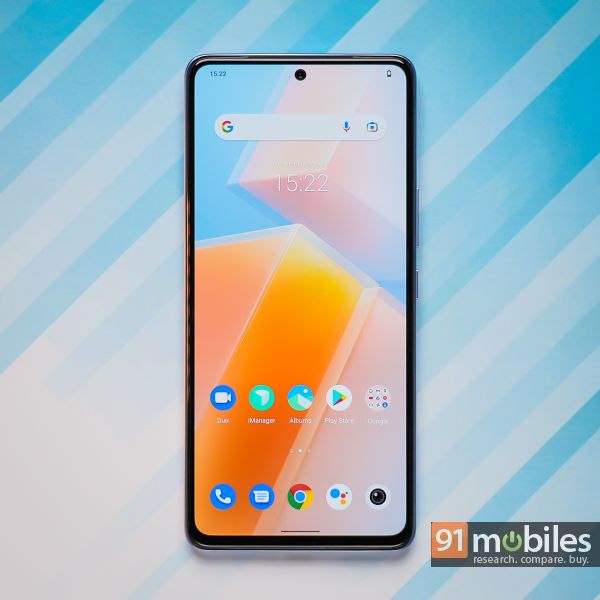
With similar processors, RAM and displays, it is hardly surprising that both phones are neck and neck in terms of gaming and multimedia performance. They both sport stereo speakers as well, ensuring a more immersive experience. We played high-end games like Call of Duty, Diablo and the Asphalt series on both phones and they handled them very smoothly indeed, with responsive touchscreens (both have 360Hz touch sampling rates), and neither losing its cool in terms of temperature. The POCO F4 does have a slightly larger display but the difference is too small to make an impact. In terms of sound, the POCO F4 seemed to deliver better audio quality (perhaps Dolby Atmos helps), but the iQOO Neo 6 trumped it in terms of volume. They are both great phones for gaming and binge show watching. It is really going to boil down to which one you find more comfortable to use. We are calling this round a tie.
Winner: Tie
Cameras
Both phones come with identical camera setups on the back – a 64-megapixel main sensor with optical image stabilisation (OIS), an 8-megapixel ultrawide camera and a 2-megapixel macro camera. And in terms of performance, they are very similar with the main sensors delivering very good results in good light conditions and reasonably usable ones in low light. The ultrawide sensors are good for a wider perspective, although a little poor in detail and well, the macro sensors do not merit more than a mere mention – they only make up the camera numbers and do not deliver much. A closer look at photographs and videos from both phones, however, tilts the balance towards the iQOO Neo 6 which delivers slightly more vibrant colours and seems to capture more details, especially in videos.

The POCO F4 seems to have a more classic, realistic approach, which might appeal to some purists but will not find favour with those who want more pleasant-looking snaps – something the iQOO Neo 6 delivers more often. Ironically, this gets flipped around when it comes to selfies, with the 16-megapixel snapper on the iQOO Neo 6 being a little more realistic than the 20-megapixel camera on the POCO F4, which smoothens and shines skin a little more aggressively. It is a very tight battle here and like design, could really boil down to individual preferences, but we feel that the iQOO Neo 6 takes this one thanks to its more pleasant colours and better video quality.
Winner: iQOO Neo 6
Software and interface
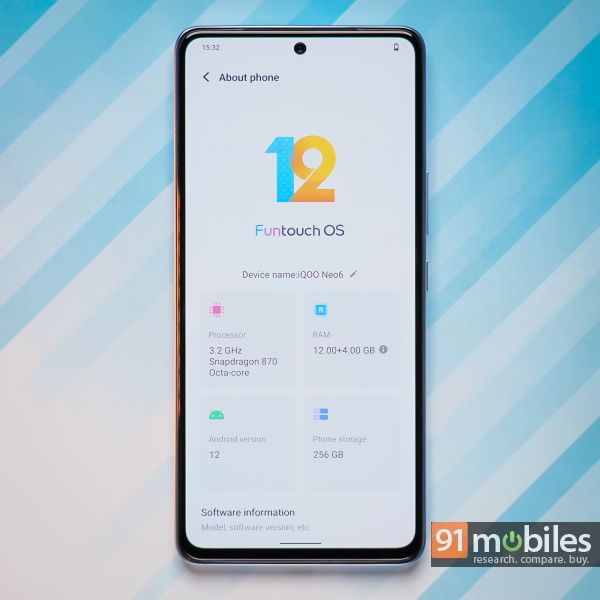
This is literally the software version of the design and appearance round. Both phones run on Android 12, but are very different to use in terms of interface, as both have distinct skins and UI. The POCO F4 comes with MIUI 13 with a POCO launcher on top, while the iQOO Neo 6 has Funtouch OS 12. Both are very feature-rich interfaces, but while MIUI 13 is a little on the understated side, Funtouch OS is more colourful and in your face. Which one you prefer is really going to depend on your requirements and tastes and preferences. Xiaomi has cleaned up MIUI considerably since its ad-laden days but we can see people liking the more colourful approach on Funtouch OS as well. It is too close to call, so we are going for a tie on this one as well.
Winner: Tie
Battery life and charging
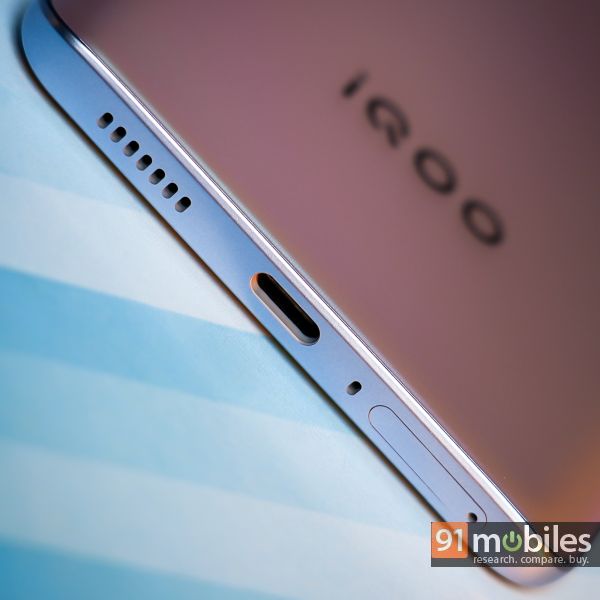
In hardware terms, this is perhaps the area where the biggest difference between the devices comes to the fore. But in terms of numbers. The iQOO Neo 6 comes with a larger 4,700mAh battery as compared to the 4,500mAh one on the POCO F4. But this does not really come across in usage – both phones will very comfortably see off a day of normal use, though. The Neo 6 also comes with an 80W charger as compared to the 67W charger with the POCO F4. However, the charging speeds of both phones are again similar – you will get the phones from 0 to 100 in about 30-35 minutes, although to be fair, the POCO F4’s charger has to charge up a smaller battery. We are giving this round to the iQOO Neo 6 based on the numbers and potential, but in terms of real-life usage, there is not much between the two at the time of writing.
Winner: iQOO Neo 6
General performance
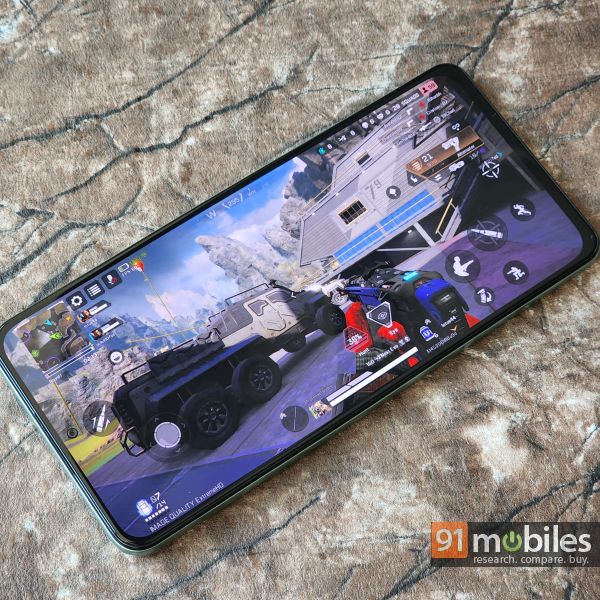
In terms of general performance, there is not too much between the two phones. Both are comfortable enough to use and fly through daily tasks without any problems. We felt the iQOO Neo 6 handled calls slightly better, but the difference was a marginal one. The only discernible difference in terms of usage appears when unlocking the phones – the iQOO Neo 6 has an in-display fingerprint scanner while the POCO F4 has it on the side. We found the POCO F4 unlocking slightly faster but then that is a personal preference – a lot of folks love in-display fingerprint scanners. The POCO F4 also supports 10 5G bands as compared to the four supported by the iQOO Neo 6, which makes it a little more future-proof and just about wins it this round, but it is really a very close call.
Winner: POCO F4
Value for money: price matters
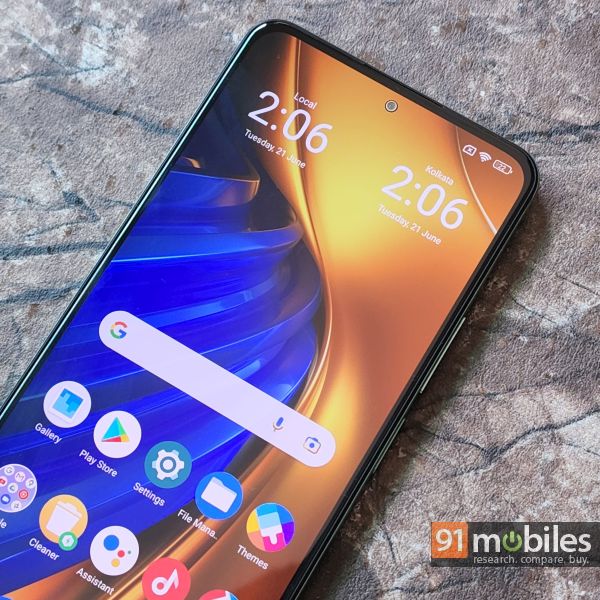
The two phones are very closely matched in terms of price as well. Both have an 8GB / 128GB variant for Rs 29,999 and a 12GB / 256GB variant for Rs 33,999. The POCO F4, however, steals a march here with a 6GB / 128GB variant that is priced at Rs 27,999. Another ace that the POCO F4 has up its value sleeve is that it comes with two-year warranty as compared to the one year that accompanies the iQOO Neo 6. So if you are looking to save as much money as possible, the POCO F4 could be the better option.
Winner: POCO F4
Which is the one for you?

As can be seen, the battle between the POCO F4 and the iQOO Neo 6 is an incredibly close one with both phones matching each other on many parameters, thanks to largely similar spec sheets. Even the victories are wafer-thin. Which of the two works better for you, as always, boils down to your requirements. The POCO F4 does have the advantage of coming with a slightly lower starting price (Rs 27,999), albeit for a slightly lower specced variant, and with a longer warranty. It also might appeal to those who prefer a more contemporary design with those straight sides and a flat back. However, the iQOO Neo 6 comes with slightly better camera performance, and a larger and faster charging battery (on paper). If every buck matters and you are a fan of those straight sides in design, then go for the POCO F4, but if you have a little more money and photography matters to you, then the Force is definitely with the iQoo Neo 6. It is really a very close call and a pleasant quandary to have.
With inputs from Akriti Rana
For all the latest Technology News Click Here
For the latest news and updates, follow us on Google News.
